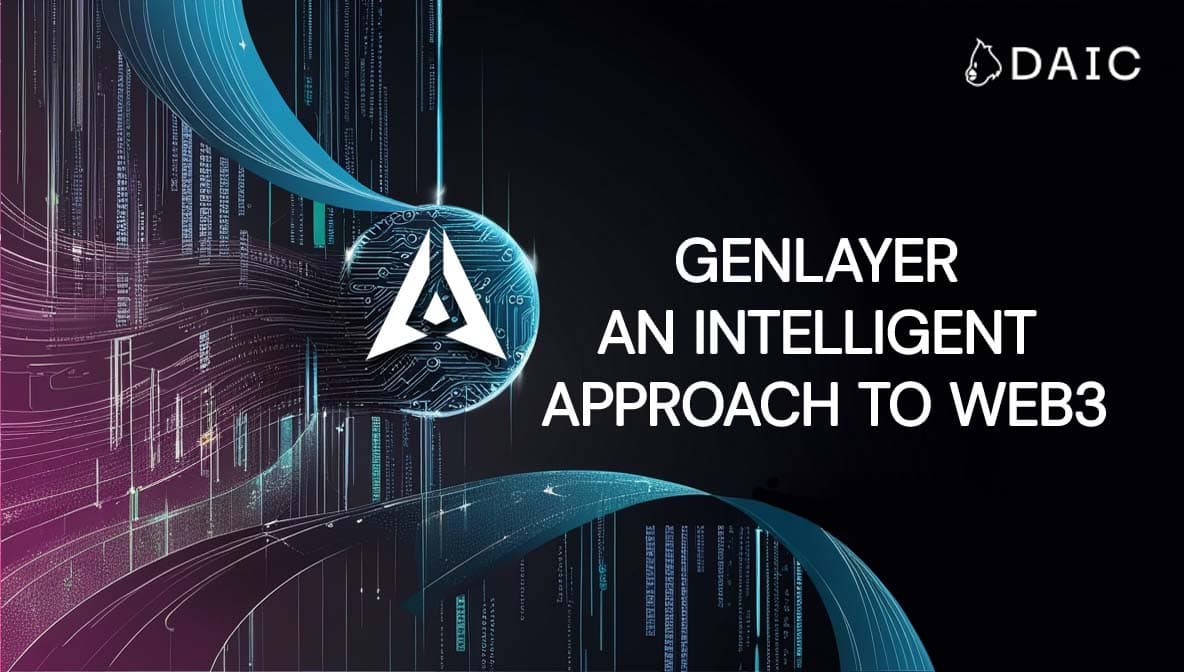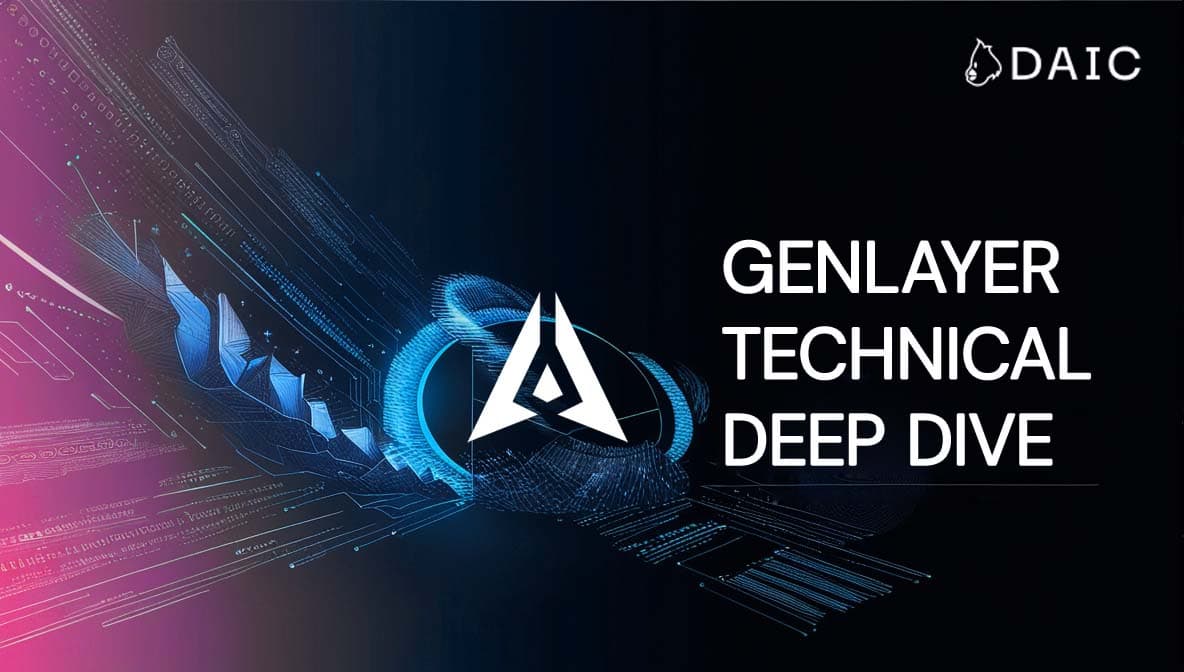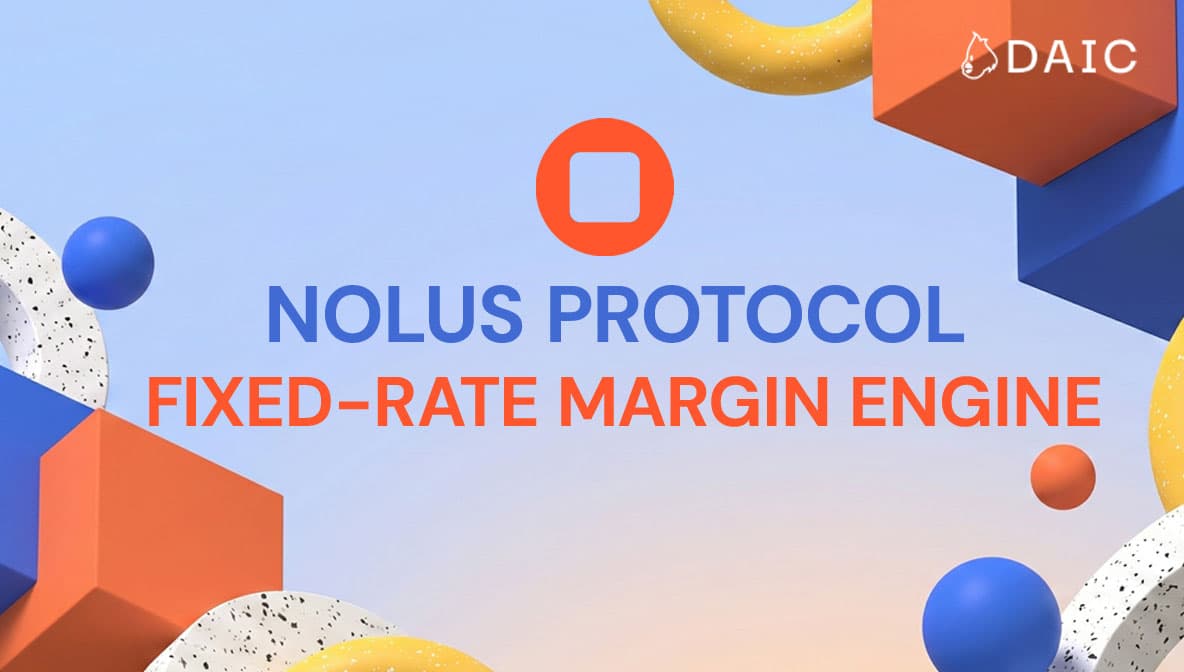The world of AI is moving at lightning speed, but the legal systems we use for business and agreements are stuck in the past. This creates a huge roadblock for a future where AI agents trade and transact on their own. That's where GenLayer comes in, it's a new project getting a lot of buzz for building what it calls the "Trust Infrastructure for the AI Age." Let's break down what that really means, how it's designed to work, and what’s coming next.
Key Takeaways
- GenLayer is building a new kind of platform to act as a "synthetic jurisdiction," or a digital rulebook, for the AI economy.
- It is designed to use "Intelligent Contracts" that are powered by AI to process natural language and access live data from the internet.
- The network will rely on a clever consensus system called "Optimistic Democracy," which works like a digital jury to make fair decisions.
- GenLayer supports Python to make building Intelligent Contracts on the blockchain accessible for the AI community.
Let's Talk About GenLayer
Let's start with a big-picture problem. Our traditional legal systems, the courts and contracts we've used for centuries, are slow, expensive, and bound by geography. They are completely unprepared for a future where AI agents need to make deals and resolve disputes in milliseconds, not months.
Now, for years, the crypto world has had its own solution: smart contracts. These are a huge step-up because they are automated and self-enforcing. But they have their own walls: they are isolated from the real world, can only understand rigid code, and can't handle any kind of subjective or nuanced situation.
So, we have two systems, both unequipped for the coming age of AI. GenLayer was created to solve this problem by establishing a new kind of "synthetic jurisdiction"- a trust layer built for the speed of machines that represents a big step beyond just another "intelligent blockchain." The team's sharpened vision is to provide a global system for programmable trust, one that can handle real-world ambiguity and operate 24/7.
To make this vision concrete, the team describes GenLayer as being:
- A platform for programmable legal systems.
- A protocol built for agents and humans.
- A trust layer designed for intelligence, one that can handle ambiguity, reason in context, and operate at machine speed.
So, How Will It Actually Work?
"Okay," you might be thinking, "how can a decentralized network possibly agree on subjective information? It’s a great question, and the answer involves a few clever pieces working together.
First, you need a stage for everything to happen on. For GenLayer, this will be the GenVM (GenLayer Virtual Machine), which serves as the core backbone for the entire protocol. Its specific purpose is to be the secure execution environment for Intelligent Contracts - the place that allows them to have non-deterministic (AI or web-driven) code while still maintaining blockchain security and consistency. Essentially, the GenVM is the crucial piece of technology bridging the gap between traditional smart contracts and these new AI-powered, web-connected ones.
And the big deal for developers is that they'll be able to build these powerful contracts using Python, a language many in the AI world already know and love. And on this stage, contracts are planned to have two main superpowers: direct internet access to grab live data, and the ability to talk to Large Language Models (LLMs) to understand that data.
So you'll have these powerful contracts, but how do you make sure they're trustworthy? That's where the "Digital Jury" system, called Optimistic Democracy, is planned to come in. At its core, it's an enhanced Delegated Proof-of-Stake (dPoS) mechanism, but it’s specifically designed to handle these tricky AI-driven outputs securely by requiring a majority agreement. When a complex task is run, the system will randomly select one Lead-Validator to process the transaction and multiple Co-Validators to verify the results, with a minimum of five total participants. The Lead-Validator will propose an answer, and the Co-Validators will vote on whether it's good enough, using a rulebook called the Equivalence Principle. If most agree, the decision passes. And if someone disagrees? There will be a built-in appeals process, just like a real court, where more validators can weigh in to get to the right answer.
It’s really a three-part system: The GenVM provides the stage, Intelligent Contracts provide the superpowers, and Optimistic Democracy provides the jury and rulebook to make sure every decision is trustworthy. It’s this full combination that will allow GenLayer to move beyond simple transactions and handle real-world, subjective information.
What Can Be Built with GenLayer?
So, what does a platform like this actually unlock? By moving beyond simple code, Intelligent Contracts are designed to open up a new class of applications that feel more connected to the real world. Here are a few examples of where they can thrive:
Prediction Markets: Imagine online platforms that can automatically check official news sites or sports scores to see who won an event, then instantly and fairly pay out the winners without a manual review.
Dispute Resolution: The system can act as a fast, fair, and low-cost digital arbitrator for complex disagreements, helping people avoid traditional court systems for many issues.
Performance-Based Contracts: You could create agreements that automatically release payment to a freelancer or contractor the very moment the contract confirms a specific task has been successfully completed.
Parametric Insurance: This would allow for insurance that pays out immediately without needing a human claims adjuster. The contract could, for example, read verified weather data and automatically send funds to people affected by a hurricane.
AI-Driven DAOs: This technology can help build smarter online communities (DAOs) that can understand and act on proposals written in simple language, making group governance much faster and more efficient.
Autonomous Agents: It will provide a safe and trusted environment for "smart bots" or autonomous agents to conduct business, manage subscriptions, or enforce agreements with each other 24/7, without human oversight.
GEN: The Economic Engine
The entire GenLayer ecosystem will be powered by its native token, GEN. Beyond its standard use for paying "gas" on transactions, the token's design is deeply tied into the network's security and arbitration process. The system will use Delegated Proof-of-Stake (DPoS), allowing users to delegate their tokens to validators to help secure the network in exchange for a share of the rewards. This model of staking rewards and slashing penalties is intended to align everyone's economic incentives with the health and integrity of the platform. The token will also be essential for the "Digital Jury" system, as it will be used to post the security bond required to file an appeal.
More details about the token will be provided in the upcoming GenLayer Tokenomics whitepaper.
The Team, Plan, and Vision
So, who is actually building this ambitious project? GenLayer is driven by a team with deep experience in both the AI and crypto worlds, and it has significant financial backing and key partnerships to bring its vision to life.
The Team and Organization
The project is structured into two main parts to separate development from stewardship:
- GenLayer Labs: This is the R&D engine building the core technology. Formerly known as YeagerAI, the Labs team is led by CEO Albert Castellana and CPO Edgars Nemše. The team consists of over 20 engineers with backgrounds at prominent projects like the Ethereum Foundation and Polygon.
- GenLayer Foundation: This is the non-profit organization, with founding members like David Riudor, which is focused on guiding the project toward full decentralization and stewarding the growing ecosystem.
Key Partnerships
In parallel with its core development, GenLayer has been building an ecosystem to support its vision. They have announced partnerships with pioneering teams such as ZKsync, Atoma Network, Heurist, and Caldera. These collaborations are designed to enable scalable compute, decentralized inference, and high-throughput execution for a new generation of AI-native applications.
Funding and Vision
In August 2024, GenLayer announced it had successfully raised a $7.5 million seed round led by North Island Ventures. The impressive group of investors includes Node Capital, Arrington Capital, TykheBlock, ZK Ventures, Cogitent, MS2 Capital, Samara AG, DCF Capital, WAGMI Ventures, Sigmas Capital, Magnus Capital, MH Ventures, BlockBuilders, and various angels.
This funding is dedicated to achieving the project's ambitious vision: to build the "legal layer for the AI economy". The ultimate goal remains full decentralization, with a long-term plan for the Foundation to hand over all control to the community, leaving behind a truly autonomous network.
What's Next on Roadmap
The big news is that GenLayer has moved from theory to a live, operational platform. On June 19, 2025, the team officially launched Testnet Asimov, the first stage of their incentivized testnet program, opening the platform for participation in two distinct ways.
The initial testnet program is focused on onboarding experienced, professional validators who must apply to join and help stress-test the core network. Simultaneously, the developer ecosystem is now live. This means all builders can begin exploring and creating on the platform using the newly available GenLayer Studio, a GenLayer Explorer, and a Wallet. To encourage this, the team has also launched a GenLayer Grant Program to support and fund early development.
This launch marks the operational debut of the "Court of the Internet" and is the first major step on the path toward a full mainnet release.
The information provided by DAIC, including but not limited to research, analysis, data, or other content, is offered solely for informational purposes and does not constitute investment advice, financial advice, trading advice, or any other type of advice. DAIC does not recommend the purchase, sale, or holding of any cryptocurrency or other investment.


